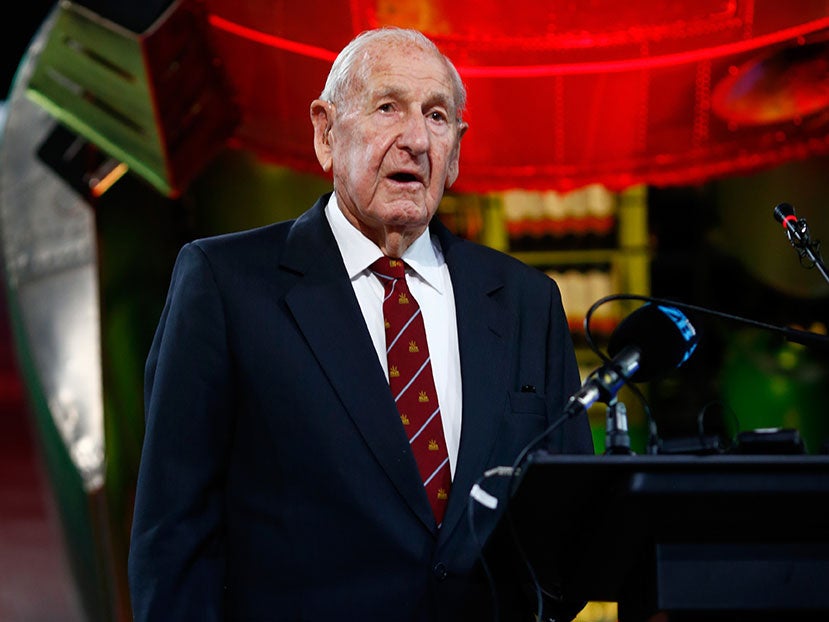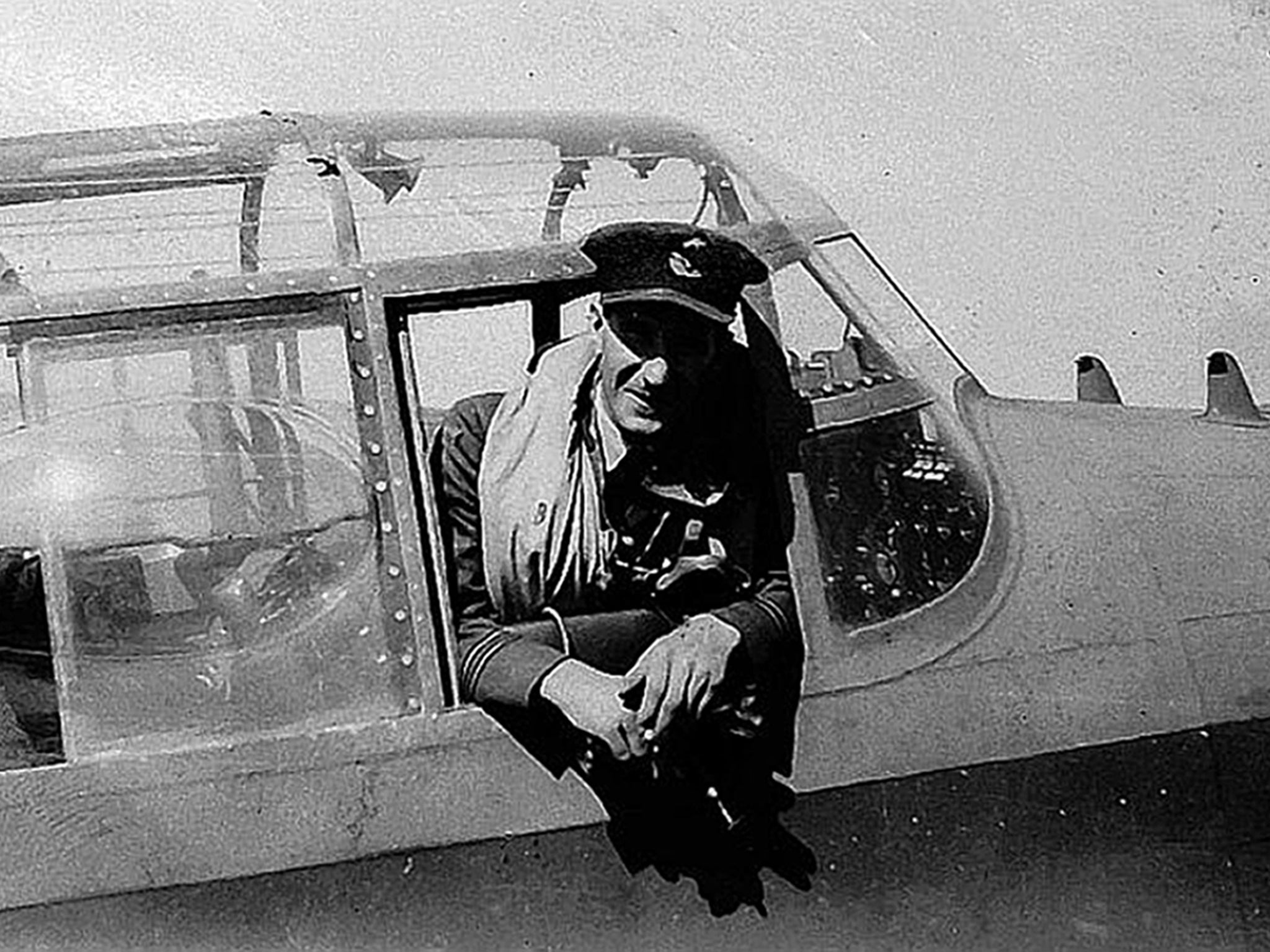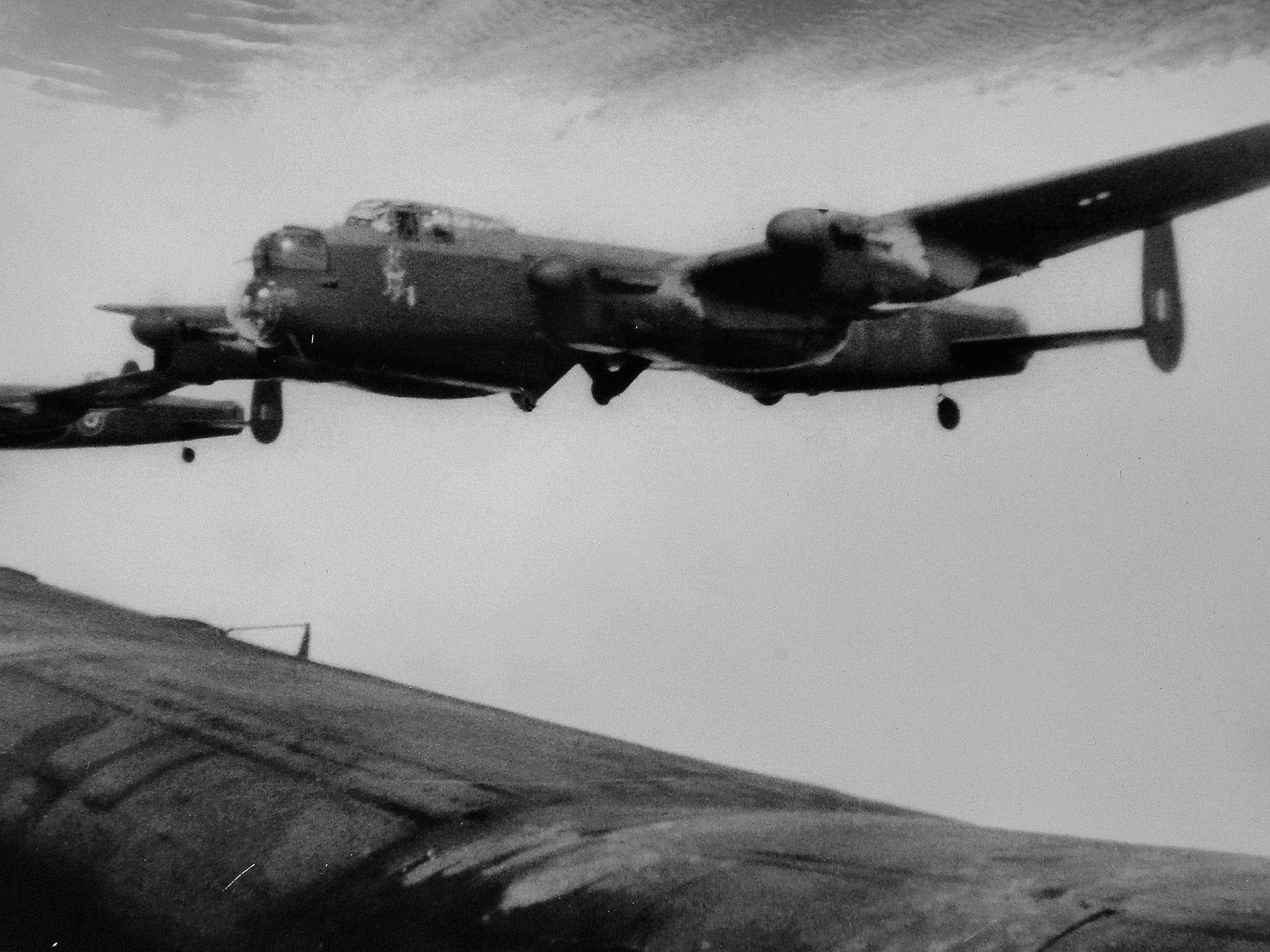Les Munro dead: Last surviving Dambuster pilot dies at the age of 96
Les Munro passed away in hospital at the age of 96

To friends he was simply a “fine man” who will be sorely missed. To others John Leslie “Les” Munro, who has died aged 96, will forever be remembered as the last surviving Dambusters pilot whose daring “bouncing bomb” raids to destroy dams in Nazi Germany during World War Two cemented the legend of RAF 617 Squadron in the annals of military history.
Mr Munro had been ill for a week but his death from heart problems, in hospital in Tauranga, the Bay of Plenty, in his native New Zealand, still caused a shock to family and friends.
Prime Minister John Key said: “Really sad to hear of Les Munro’s death, New Zealand has lost a remarkable man who led a remarkable life.”

Friend Ron Mayhill said: “Les was a fine man, not just because he was famous as part of the Dambusters but as a man and as a person he was a very fine person. He got decorations in civil as well as military life. He was a justice of the peace, he was a local councillor, he was a mayor. His life was all about service.”
Mr Munro’s death leaves just two surviving crew members of the historic raids to destroy the Möhne, Sorpe and Eder dams on the night of 16-17 May 1943 - Canadian former front gunner Fred Sutherland, who served in the Royal Canadian Air Force and retired as a Flight Sergeant, and Briton George Johnson, a bomb aimer who retired as a Squadron Leader.

Formed at RAF Scampton in Lincolnshire 617 Squadron soon became known as the Dambusters and later inspired a 1955 film of the same name starring Michael Redgrave. Mr Munro was a Flight Lieutenant when he piloted one of 19 Lancaster bombers carrying their bouncing drum-shaped bombs – codenamed Upkeeps – designed by Sir Barnes Wallis during the operation. The hand-picked crews from Britain, the US, Canada, New Zealand and Australia had to fly at 60ft, in the dark, to allow the mines to bounce along the water and explode on impact with each dam.
Mr Munro’s plane came under light flak over the Netherlands during the second wave of attacks causing him to lose all communication, forcing him to sensibly abort and return to Scampton airbase with his live mine on board. Of the 19 planes that took part in the operation 11 made it back safely. The other eight aircraft were shot down or crashed. Three men were taken captive and 53 crew out of 133 killed.
The destruction of the damns removed a large percentage of the water on which a great proportion of the German war industry depended, along with a huge loss in hydroelectric power and damage to food production though the subsequent flooding.
In his book Inside the Third Reich Albert Speer, “Hitler’s architect” and the Nazi Minister of Armaments and War Production, said: “That night, employing just a few bombers, the British came close to a success which would have been greater than anything they had achieved hitherto with a commitment of thousands of bombers.”
Around 1,600 people died in the raids, many of them foreign prisoners of war and forced labourers, mainly from the Soviet Union.
Dave Homewood, of the New Zealand Bomber Command Association, described Mr Munro as a “down-to-earth man” who was “very modest about what he did during the war”.
He said: “I think he was pretty proud to have been part of the Dambusters, although he was disappointed he never got to drop his weapon. He went on to be a flight commander and did a lot of very important operations after the dam raid, although these are often forgotten because the Dambusters were world-renowned.”
Join our commenting forum
Join thought-provoking conversations, follow other Independent readers and see their replies
Comments
Bookmark popover
Removed from bookmarks